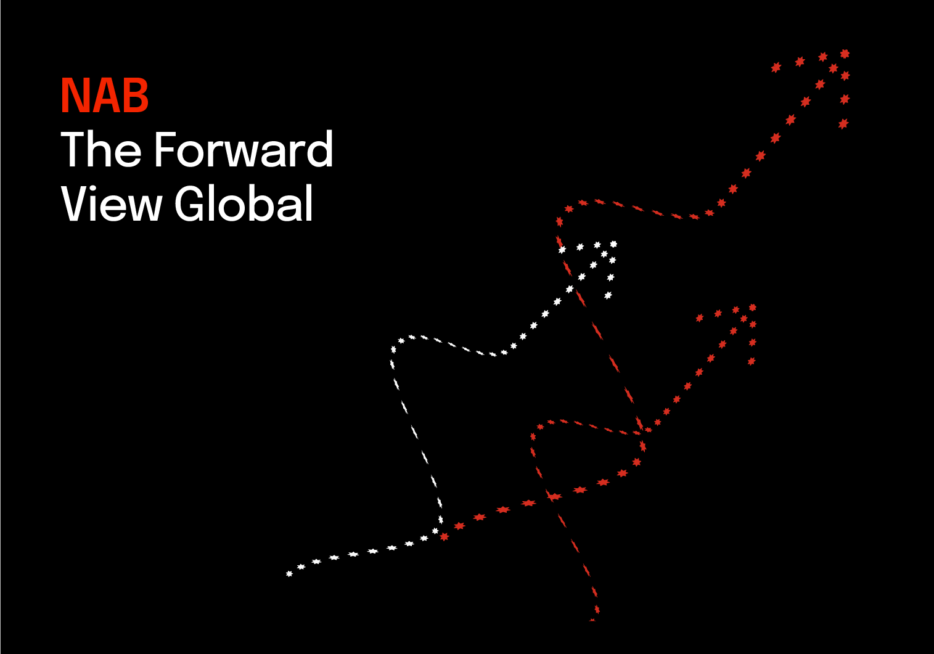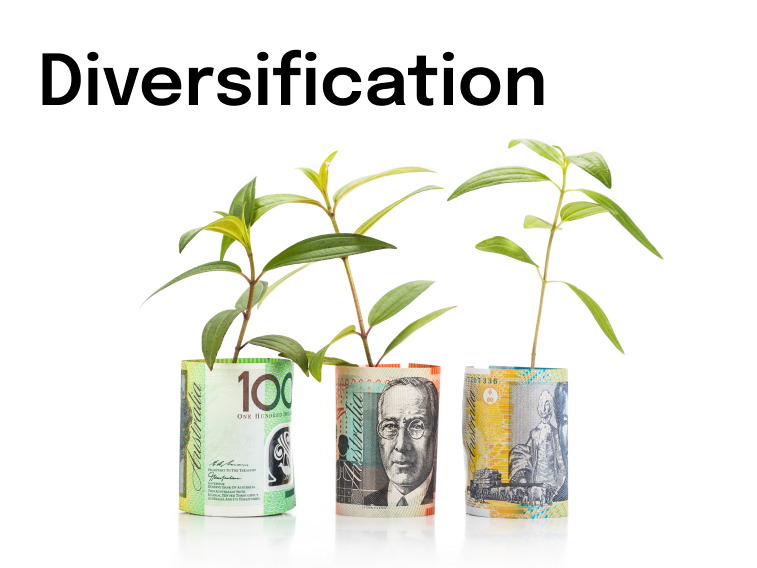Global growth headed for a H2 trough as tariffs start to bite


Insight
Homebody investors may love ASX blue-chip stocks and franked dividends, but could be missing out on opportunities in sectors such as artificial intelligence and renewables by ignoring offshore markets.

When it comes to investing, Australians have tended to prefer the comfort of homegrown, dividend-paying blue-chip shares. But should also cast our gaze further afield? After all, a concentrated portfolio that is overly biased to a handful of companies may not deliver the strongest risk-adjusted returns.
As well as investing in a variety of asset classes such as property and fixed interest, diversification can also mean having an exposure to other geographies likely to perform differently to Australian shares. The Australian love affair with local equities— notably the 20 or so biggest ASX-listed shares—is driven by dividend yields that are higher than those in most other developed economy markets. According to research house Morningstar, a mere 10 companies account for 60 per cent of the dividends generated by the top 200 ASX companies. These stocks are the Big Four banks, BHP, Rio Tinto, Fortescue Metals, Woodside Energy, Macquarie Group and Wesfarmers. Other stocks such as the supermarkets and Telstra pay reliable fully-franked dividends, but are in mature sectors with unexciting growth prospects.
“We often see that clients love Australian stocks because they are paying franking credits and that is really important for a lot of them,” says JBWere chief investment officer Sally Auld. “There is definitely a bit more home country bias towards Australian equities; maybe a bit more than you would see in similar-sized countries.”
As a result, homebody investors also may miss out on superior performance elsewhere, and eschew exciting growth sectors such as technology, battery metals, renewable energy and biotechnology. With the support of a trusted Australian wealth manager such as JBWere, investors are able to dip a toe in these sectors indirectly through funds not accessible to the general public. Auld says: “An increasing number of people want exposure to the decarbonisation story, for which the bigger and better opportunities tend to be overseas, and we would typically bring those to our clients through a managed fund.”
Performance-wise, over the last 12 months the ASX/S&P 200 index has returned around 2 per cent, and a cumulative 12 per cent over the past five years. A measure of the top US companies, the S&P 500 index, has surged around 12 per cent and 45 per cent over these periods. While technology stocks wobbled in 2022, the tech-rich Nasdaq index has returned some 16 per cent over the year and a cumulative gain of 63 per cent over five years.
In some periods the Australian market will outperform, with much depending on the behaviour of the cyclical mining and financial sectors. But a multi-geography approach can hedge investors against a particularly lean year for an individual market. Auld refers to unsynchronised business cycles whereby “rather than everyone doing well together and then everyone being in a recession together, you might get economic and market outcomes across the world that are far more varied and less correlated”.
Paradoxically, the perceived safety of Australian shares may also turn out to be a costly false comfort if the economy of China—our most important trading partner— continues to sag. Morningstar points to the hidden ‘China problem’ of the three leading mining houses BHP (the biggest ASX-listed company), Rio Tinto and iron ore pure-play Fortescue Metals, which derives 90 per cent of its revenue from the Middle Kingdom. The mining Big Three are exposed to falling demand for steel (and iron ore) from China’s struggling property sector, which also has knock-on effects for other key sectors of the Australian economy including property finance and manufacturing.
Heightened tensions over Taiwan and China’s aggressive territorial claims also mean that geopolitical risk looks closer to home than in the past. “Geopolitical risks definitely are coming up a lot more in client conversations,” Auld says. “People are starting to think more about what it means for their portfolio and how—if at all—they can protect themselves against those sort of risks.”
So how do investors inject more geographic diversity into their portfolio—and to what degree? As with all asset allocation decisions, much depends on your age and risk appetite. At the more adventurous end, emerging markets such as Latin America promise heady returns, but also can result in steep losses given the boom-and-bust nature of the region’s economies. Attention has increasingly turned to India as its population and runaway economy threatens to usurp China’s.
Auld says US stocks have remained enduringly popular. After all, the US remains the world’s largest economy, the bastion of free enterprise and the home to the world’s biggest technology stocks. Local investors have limited choice when it comes to tech stocks on the ASX and none of them match the market-leading magnitude of Apple—the world’s biggest company—Alphabet (Google) or Amazon. To surf the AI trend, investors really need an exposure to stocks such as Microsoft or the pure-play Nasdaq-listed Nvidia, which now has a US$1 trillion-plus market worth.
Younger investors appear to be more willing to invest in offshore stocks, aided by the proliferation of discount online brokerages. According to the ASX 2023 Australian investor survey, 60 per cent of the 5519 respondents directly held Australian shares, while only 16 per cent directly held offshore shares. However, 25 per cent of ‘next-gen’ investors (with an average age of 21) invested in offshore equities, while only 43 per cent of them held local shares.
Auld says in a highly uncertain market climate, diversification is a “super-important” element to ensure capital is deployed in the right asset classes at the right time in order to maximise risk-adjusted returns in a portfolio. “While there’s no such thing as a free lunch in investing, portfolio diversification enables superior risk-adjusted returns compared to putting all your eggs in the one basket.”
By Tim Boreham. Originally published in The Luxury Report, October 2023
© National Australia Bank Limited. ABN 12 004 044 937 AFSL and Australian Credit Licence 230686.